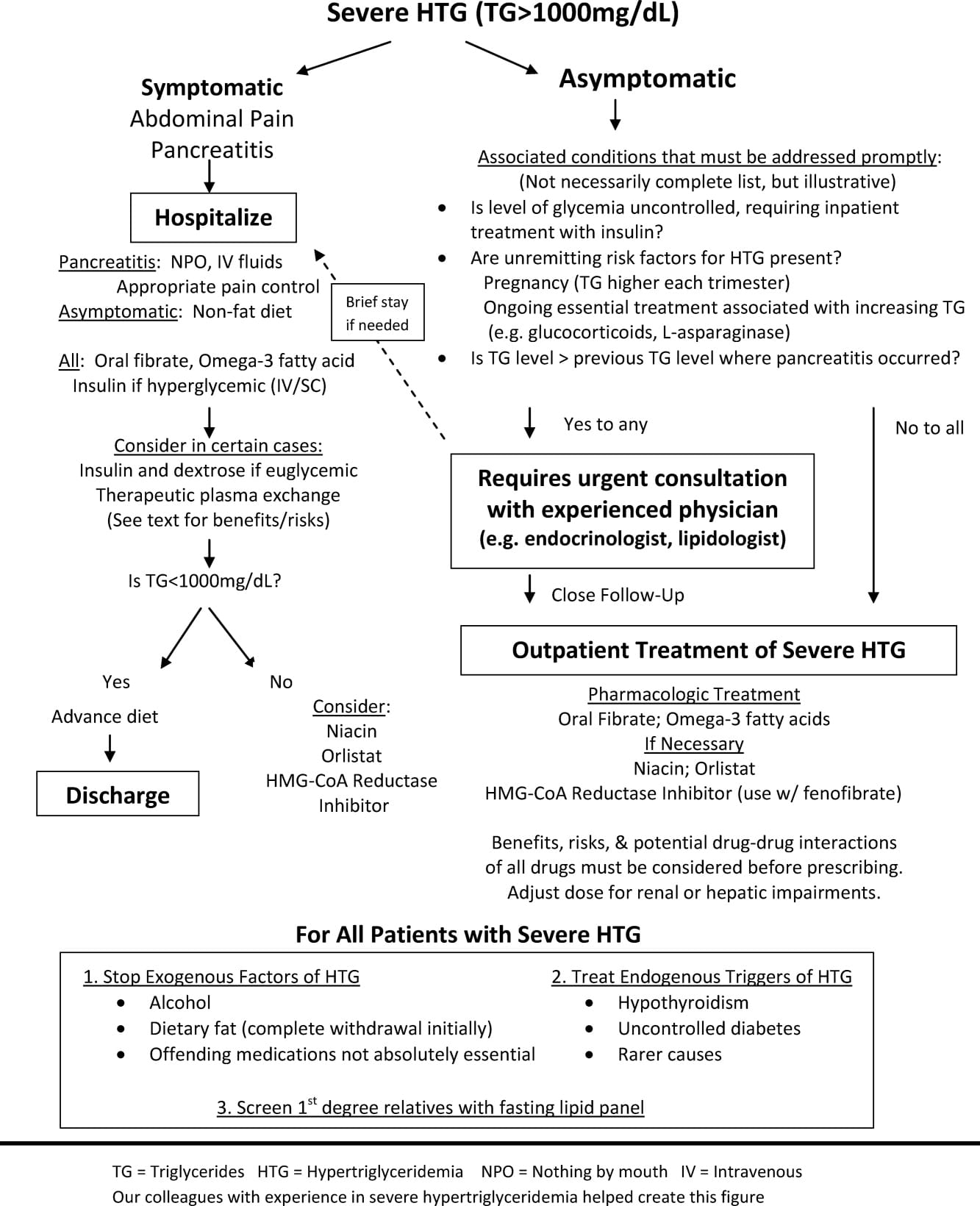You’ve likely heard of cholesterol, but are you familiar with triglycerides? These are another type of fat found in your blood. When triglyceride levels get too high, the condition is known as hypertriglyceridemia (ICD-10-CM Code E78.1). This can potentially increase your risk of serious health issues like heart disease, stroke, and pancreatitis. This comprehensive guide will explore hypertriglyceridemia, covering its causes, diagnosis, potential complications, treatment, and prevention.
Decoding Hypertriglyceridemia (ICD-10: E78.1)
High triglycerides, medically termed hypertriglyceridemia (ICD-10 code E78.1), is a common condition marked by excessive triglycerides in the bloodstream. This code, E78.1, is crucial for healthcare professionals to track and bill for this condition throughout 2025 and probably beyond. While some triglycerides are necessary for energy, elevated levels can pose health risks. This is analogous to a car needing oil to function, but too much can damage the engine.
Studies suggest that approximately one in five US adults may have hypertriglyceridemia. Many remain undiagnosed due to a frequent lack of noticeable symptoms. A simple blood test can reveal triglyceride levels. High levels may prompt further investigation to determine if it’s primary hypertriglyceridemia (a standalone issue) or secondary (linked to conditions like diabetes or certain medications). If you are a medical coder who needs more information about the ICD-10 code for an abnormal mammo, click here: icd 10 abnormal mammo.
Severely elevated triglycerides can sometimes lead to acute pancreatitis, a painful inflammation of the pancreas requiring hospitalization. Over time, persistently high levels may increase the probability of heart problems, such as heart attacks and strokes. Fortunately, managing triglyceride levels is often achievable through lifestyle adjustments and, if necessary, medication.
What Does High Triglycerides Mean?
While we’ve touched on cholesterol, it’s important to understand triglycerides, another type of fat in your blood. Hypertriglyceridemia occurs when these levels become elevated. Triglycerides serve as the body’s reserve energy source. While essential in moderate amounts, excessive accumulation can be problematic.
High triglycerides aren’t a disease in themselves, but they often signal underlying issues. They can significantly increase the risk of conditions like pancreatitis (inflammation of the pancreas) and cardiovascular disease. Imagine your blood as a highway system, and triglycerides as fuel trucks. A few are necessary, but too many create a traffic jam, disrupting the system.
Doctors classify triglyceride levels into ranges: normal, borderline high, high, and very high, determined by a blood test. Your doctor can interpret your results and advise on necessary actions. Several factors contribute to high triglycerides, including lifestyle choices (excessive alcohol consumption, unhealthy diet, lack of exercise) and medical conditions (diabetes, hypothyroidism, kidney disease). These factors either increase triglyceride production or impair their processing.
Is Hypertriglyceridemia Different from Hyperlipidemia?
Let’s clarify the distinction between hypertriglyceridemia and hyperlipidemia. Hyperlipidemia is a broad term for elevated blood fats (lipids), including both cholesterol and triglycerides. Hypertriglyceridemia, on the other hand, specifically refers to high triglyceride levels. Think of it this way: all squares are rectangles, but not all rectangles are squares. Similarly, hypertriglyceridemia is a type of hyperlipidemia, but not all hyperlipidemia involves high triglycerides. Have you ever wondered what the ICD-10 code is for elevated troponin? If so, then click here to find out!
High triglycerides, even with normal cholesterol, can still pose health risks, particularly for pancreatitis. Both conditions can contribute to plaque buildup in arteries, increasing the risk of heart disease and stroke. The table below summarizes the key differences:
| Feature | Hyperlipidemia | Hypertriglyceridemia |
|---|---|---|
| Definition | Elevated blood lipids (general) | Elevated triglycerides (specific) |
| Includes | High cholesterol, high triglycerides | High triglycerides |
| Relationship | Broader category | Subtype of hyperlipidemia |
Managing hyperlipidemia depends on the specific lipid abnormality. While lifestyle changes are generally recommended, medication may be necessary, especially with severely elevated triglycerides. Ongoing research suggests that personalized treatments based on individual lipid profiles and risk factors may become increasingly prevalent. Consult your doctor for personalized advice.
Diagnosing, Treating, and Preventing High Triglycerides
High triglycerides are often asymptomatic, emphasizing the importance of regular blood tests, typically a lipid panel, which also checks cholesterol levels. If diagnosed with hypertriglyceridemia, several management strategies are available, often combining lifestyle modifications and medication.
Lifestyle Changes:
- Dietary Adjustments: Prioritize a balanced diet with fruits, vegetables, whole grains, and lean protein. Limit saturated and trans fats, added sugars, and refined carbohydrates.
- Regular Physical Activity: Aim for at least 150 minutes of moderate-intensity aerobic exercise per week.
- Weight Management: Even modest weight loss can significantly lower triglycerides.
- Limiting Alcohol Intake: Alcohol can substantially raise triglyceride levels.
Medication: If lifestyle changes are insufficient, your doctor may prescribe medications like statins or fibrates to lower triglycerides.
Preventing High Triglycerides: Many cases are preventable through a healthy lifestyle: a balanced diet, regular exercise, and moderate alcohol consumption.
Ongoing Research and Future Directions
Research continues to explore the complex interplay between triglycerides and other health factors. Scientists are investigating how various types of fats influence triglyceride levels and the precise link between high triglycerides and cardiovascular disease. This research promises new and improved treatment and prevention strategies. While our current understanding of hypertriglyceridemia is substantial, ongoing research will likely refine our approaches in the future.
Hypertriglyceridemia ICD-10: Comprehensive Research Analysis
ICD-10 Code for Hypertriglyceridemia:
- Code: E78.1
- Description: Pure Hyperglyceridemia
- Purpose: Specifies the diagnosis for billing and reimbursement.
- Validity: Current for fiscal year 2025 (October 1, 2024 – September 30, 2025) in the US. International classifications might differ.
Understanding Hypertriglyceridemia:
- Definition: Elevated blood triglyceride levels.
- Prevalence: Affects about 20% of US adults, with higher rates (42%) in those over 60.
- Diagnosis: Confirmed through blood tests.
- Primary: No known underlying cause.
- Secondary: Resulting from another medical condition.
Risks & Complications:
- Acute Pancreatitis: Highly elevated levels are a major risk factor.
- Cardiovascular Disease: Association is complex and influenced by multiple factors.
This information is for educational purposes and does not substitute professional medical advice. Consult your doctor for any health concerns. They can assess your individual risk factors and recommend appropriate actions.
(Note: Competitor title analysis is needed to provide optimized title recommendations.)
- Crypto Quotes’ Red Flags: Avoid Costly Mistakes - June 30, 2025
- Unlock Inspirational Crypto Quotes: Future Predictions - June 30, 2025
- Famous Bitcoin Quotes: A Deep Dive into Crypto’s History - June 30, 2025
















